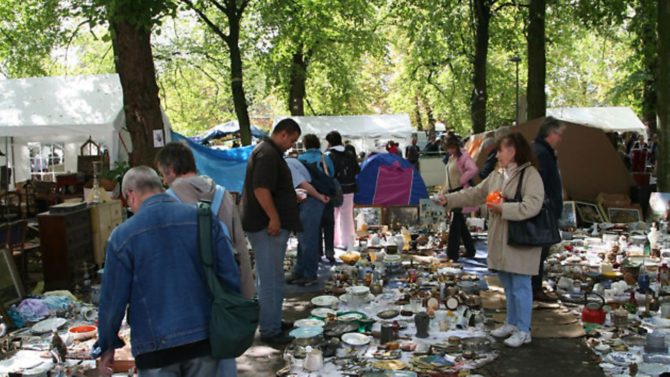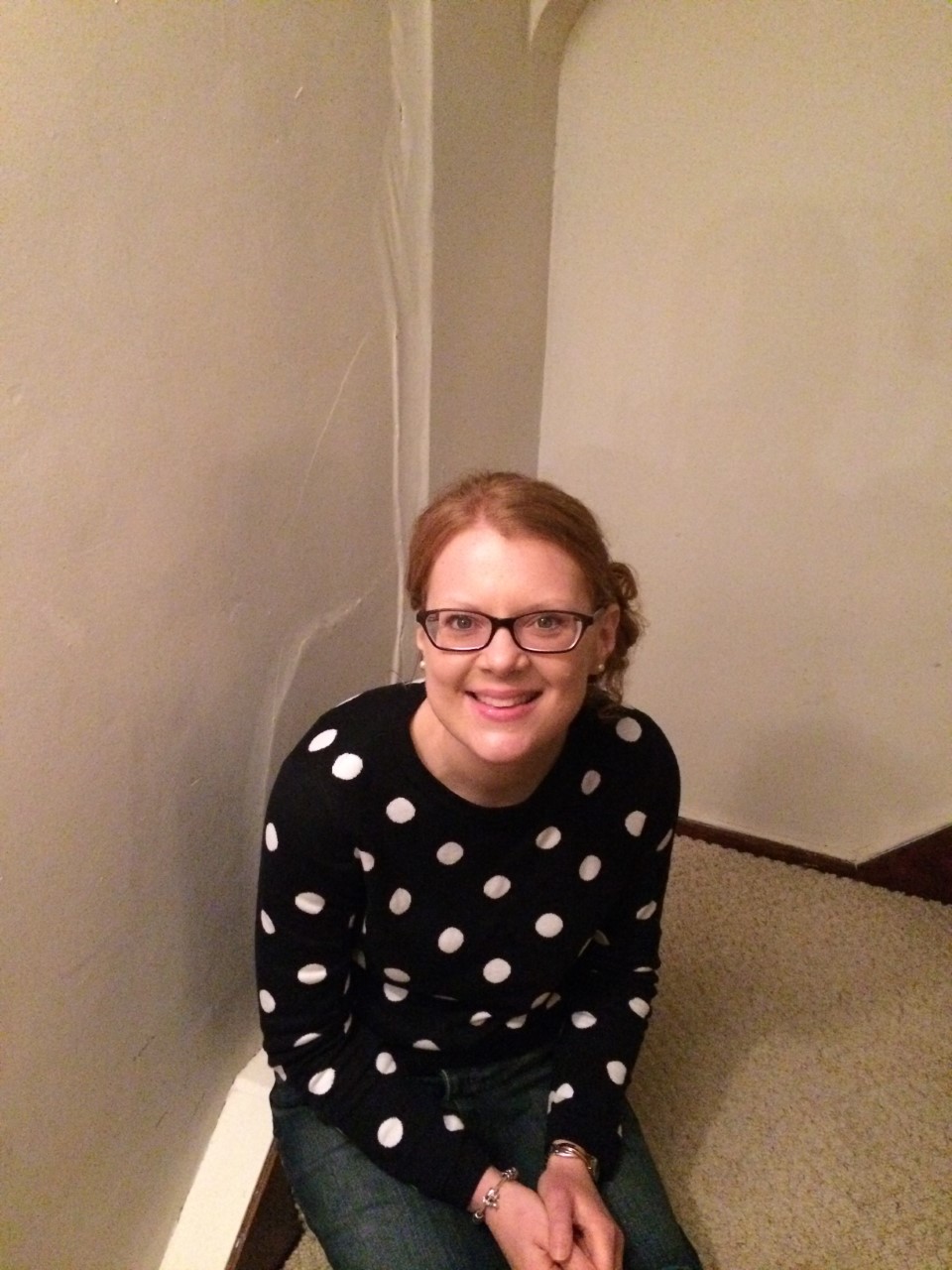5 famous locations in France


Some of our favourite parts of France have a lot to offer to both visitors and househunters alike, as Vicky Leigh discovers

1. LILLE
Region: Nord-Pas-de-Calais
Famous for: La Grande Braderie
Held during the first weekend of September each year in the city of Lille, just across the Channel in the Nord department, the Grande Braderie is Europe’s largest flea market. It is believed that the event dates back to the 12th century, most likely originating from the days of the Lille Fair, of which the first written mention can be traced back to 1127. Today, more than 10,000 sellers line an incredible 100km with their stalls. That’s 62 miles of bric-a-brac to rummage through, but it’s just as well with up to three million visitors descending on the city’s streets over the two days. And if that wasn’t enough activity, a half-marathon takes place on the Saturday morning before the Braderie officially opens. More than 500 tonnes of mussels are eaten during the Braderie each year, with local restaurants competing to see how many portions they can sell during the course of the weekend. Waiters build piles of empty shells on the pavements and the restaurant with the highest pile at the end of the two-day event is declared the winner.
Property market in figures:
€140,000 – the average resale property price across Nord-Pas-de-Calais
€150,000 – the average property price in the Nord department
€176,000 – the average property price in the Lille sector

2. MORBIHAN
Region: Brittany
Famous for: Carnac stones
The Carnac stones are to Morbihan what Stonehenge is to Wiltshire. Situated on the coast of south-east Brittany, Carnac is one of the most important megalithic sites in Europe and is famous for its rows of ancient standing stones which date from 4000BC. The 3,000 megaliths form three distinct alignments – Ménec, Kermario and Kerlescan – each running in roughly the same direction and, similar to Stonehenge, the question of how they were constructed remains a mystery to this day. Standing at a height of two metres and weighing more than 200 tonnes, this would have been no mean feat. Some experts have interpreted the site as a giant astronomical observatory, while others believe it to be an ancient site of worship. The stones are now fenced off in order to protect them, but guided tours are available in summer starting from the Maison de Mégalithes, the official visitor centre, where you can also see a model of the entire site. There’s plenty more to see in the nearby Musée de Préhistoire too, which boasts more than 6,600 artefacts. Situated on the Golfe du Morbihan with attractive beaches and a pretty town centre, Carnac has plenty to recommend it aside from its impressive collection of megalithic stones, including a family seaside resort with thalassotherapy centre.
Property market in figures:
€149,000 – the average resale property price across Brittany
€161,000 – the average property price in the Morbihan department
€185,000 – the average property price in the Carnac sector

3. CHARENTE-MARITIME
Region: Poitou-Charentes
Famous for: snails and oysters
I’m sure it won’t be news to you that France is famous for snails, but what you might not know is that Charente-Maritime is the biggest producer of escargots in the country. The department even has its own special name for this gastropod, the cagouille, and its inhabitants have been nicknamed cagouillards due to the large quantity of snails they consume. Located on the Atlantic coast, Charente-Maritime in Poitou-Charentes extends from just north of La Rochelle to the Gironde estuary to the south, and with such a large expanse of coastline you’d expect there to be plenty of fresh seafood on offer here. And as it so happens, the department leads the way in the seafood stakes too. Marennes-Oléron is the largest oyster cultivation area in Europe, covering some 15,000 acres and producing between 45,000 and 60,000 metric tonnes of oysters each year – that’s approximately 45% of the entire French oyster industry. Matured in special basins called claires, Marennes-Oléron oysters have a distinctive flavour and colour, and have been awarded France’s Label Rouge quality assurance. Gillardeau oysters are worth a mention too, especially as they mix in rather impressive circles. Produced by the Gillardeau family on the Île d’Oléron, they have been supplied to the Elysée Palace since the time of François Mitterrand, but you don’t have to be the president of France in order to enjoy them. Giving a whole new meaning to the term ‘fast food’, a vending machine has been installed next to the Gillardeau shop, which means you can buy fresh oysters at any time of the day or night.
Property market in figures:
€139,400 – the average resale property price across Poitou-Charentes
€173,000 – the average property price in the Charente-Maritime department
Rochelle is the most expensive sector with an average property price of €220,000
Jonzac and St-Jean-d’Angély are the cheapest sectors with an average property price of €110,000

4. DORDOGNE
Region: Aquitaine
Famous for: the Lascaux caves
Close to the village of Montignac in the Dordogne department of Aquitaine, the Lascaux caves have become famous for their Paleolithic paintings on the walls within. Estimated to be 17,000 years old, the paintings only came to light by chance in 1940 when four teenagers accidentally found an opening to the caves. In fact one of the most important discoveries in the history of prehistoric art all began with a search for a lost dog, and if that four-legged friend hadn’t been found, who knows how different things might have been.Now a World Heritage Site, Lascaux has been dubbed the ‘Sistine Chapel of Prehistory’ with a total of 2,200 images painted on the walls. Its colourful frescoes feature over 900 representations of animals, including horses, deer, bison and cats. The caves were opened to the public in 1948 but were forced to close in 1963, after moisture from the breath of more than a million visitors began to cause irreparable damage. Only a handful of experts are now allowed to access the caves each year.Fortunately, visitors can still experience the paintings thanks to a replica that was created in 1983, just 200 metres from the original caves. After years of painstaking work by local artist Monique Peytral and other painters and sculptors, the ‘reproduction’ caves known as Lascaux II are an exact copy of two of Lascaux’s most famous chambers. The ticket office for the caves can be found next to the tourist office in Montignac.
Property market in figures:
€182,000 – the average resale property price across Aquitaine
€115,000 – the average property price in the Dordogne department
Montignac is located in the Sarlat-la-Canéda sector, where the average property price is €142,300
Find out more from a an estate agent in Dordogne
5. VAUCLUSE
Region: Provence-Alpes-Côte d’Azur
Famous for: antiques
Situated approximately 25km to the east of Avignon in the Vaucluse department of Provence, and built on the islands of five branches of the Sorgue river, it’s easy to see why L’Isle-sur-la-Sorgue is often referred to as the Venice of Provence. Criss-crossed by canals which run between its narrow streets, the town has water flowing both around and through it, and while it might not have gondolas floating by it has all the charm of the famous Italian city. Pretty bridges provide plenty of crossing points, not to mention photo opportunities, and a number of the large water wheels which once powered L’Isle-sur-la-Sorgue’s silk, paper and wool manufacturing industries still remain, further adding to the town’s distinctive character. It is for antiques, however, that L’Isle-sur-la-Sorgue is most famous, and this small Provençal town gives both the French and UK capitals a run for their money. The second largest commercial market for antiques in France after Paris and the third largest in Europe after London, it has a reputation as la capitale de la brocante et des antiquités. With more than 350 permanent dealers it attracts bargain hunters from far and wide who come to haggle over rare treasures and quirky knick-knacks. L’Isle-sur-la-Sorgue’s affinity with antiques dates back to 1890 when Joseph Légier set up shop as the town’s first antique dealer. Two international antiques fairs are now held here every year at Easter and in August, attracting some 500 exhibitors.
Property market in figures:
€292,500 – the average resale property price across Provence-Alpes-Côte d’Azur
€210,000 – the average property price in the Vaucluse department
L’Isle-sur-la-Sorgue is located in the Avignon sector, where the average property price is €190,000
For properties for sale across France visit www.francepropertyshop.com
Share to: Facebook Twitter LinkedIn Email


